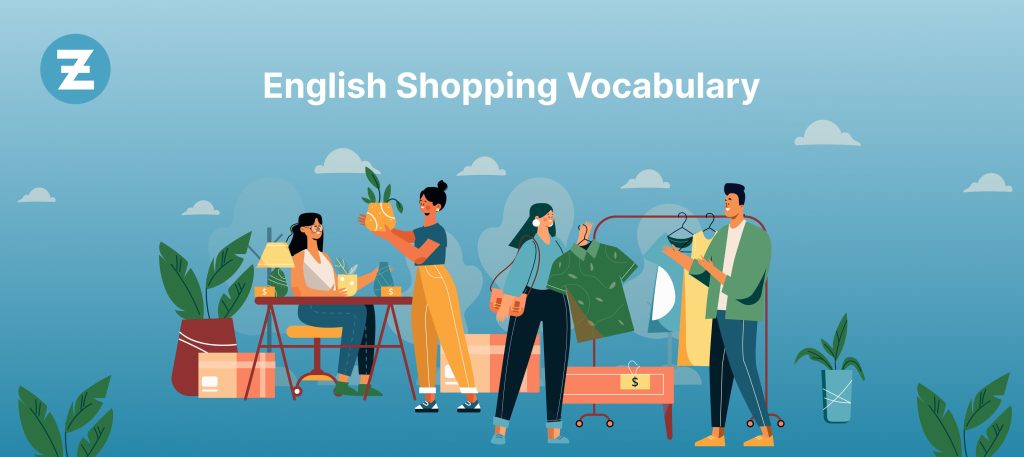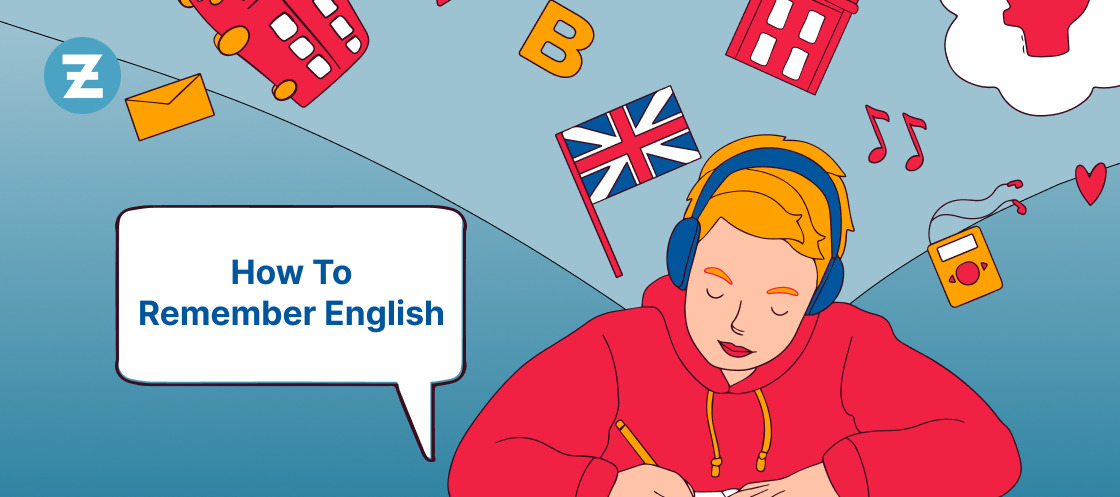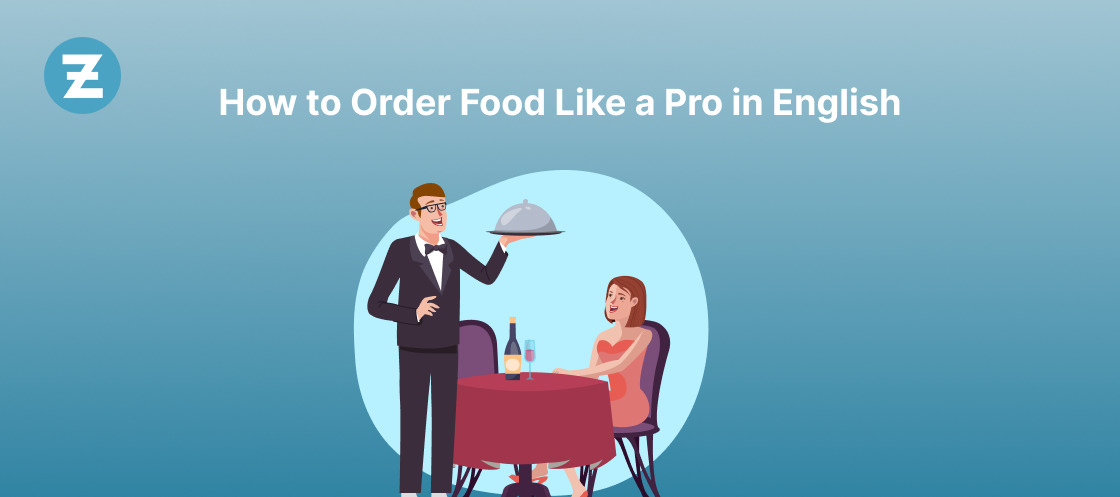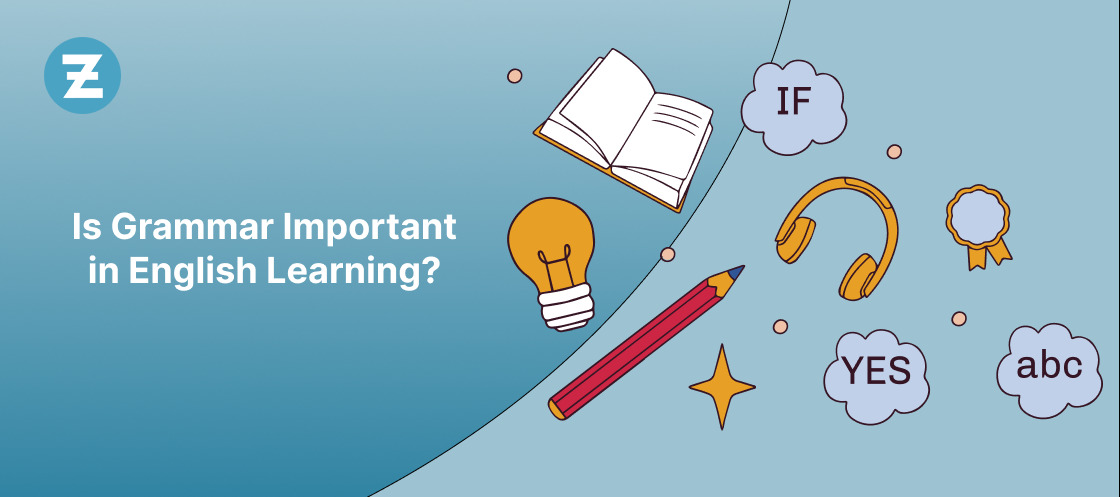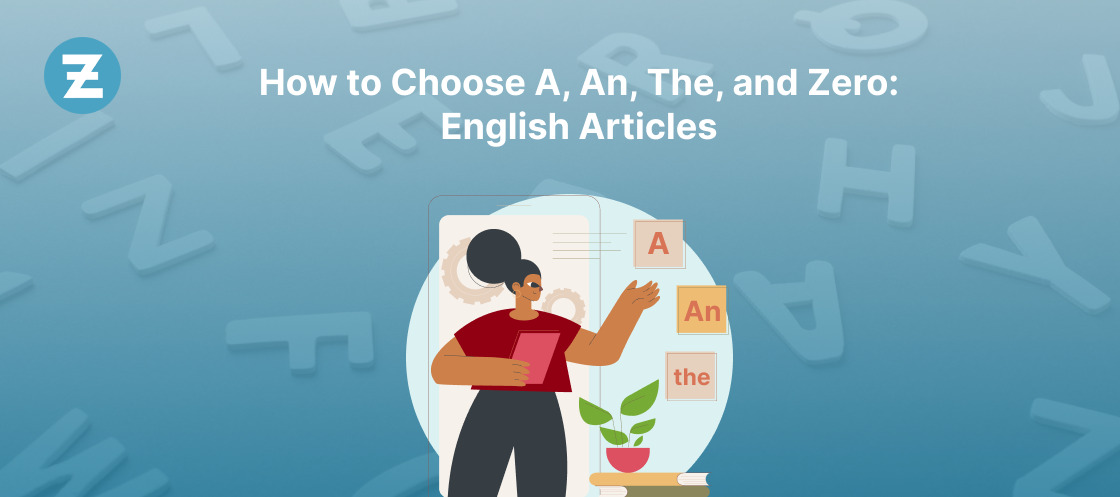Are you looking to improve your English shopping vocabulary?
Whether you’re a beginner or an advanced learner, expanding your knowledge of shopping-related words can be incredibly useful.
In this blog post, we’ll dive into 20 essential shopping words and phrases, providing clear explanations and examples of their usage.
Whether you’re navigating a department store, haggling at a market, or shopping online, these words will come in handy.
So, let’s get started and boost your shopping vocabulary in English!
Read Also: 27+ Essential UK English Slang for Language Learners
65 Shopping Vocabulary words
-
Shop
A “shop” is a place where goods or products are sold to customers. It can be a physical brick-and-mortar store you visit in person, or it can also refer to an online store where you make online purchases.
Shops can specialize in selling specific types of products or offer a variety of items.
-
Store
The term “store” is often used interchangeably with “shop.” Like a shop, a “store” is a place where products are sold to customers.
The word “store” is commonly used in American English, while “shop” is more common in British English.
-
Mall
A “mall” is a large shopping complex or center that houses multiple shops, stores, and other commercial establishments.
Malls often have a wide variety of retail stores, restaurants, entertainment options, and amenities all under one roof. They are popular destinations for shopping, leisure, and socializing.
-
Market
A “market” refers to a place where goods are bought and sold, often in an open-air setting.
Markets can range from small, local markets with vendors selling fruits, vegetables, and other products, to large, bustling markets with a wide array of items such as clothing, electronics, and handmade crafts.
-
Department store
A “department store” is a large retail establishment that offers a broad range of products organized into different departments or sections.
Each department specializes in a specific category of items, such as clothing, cosmetics, electronics, home appliances, furniture, and more. Customers can find a diverse selection of products all under one roof in a department store.
-
Boutique
A “boutique” is a small and stylish retail store that typically specializes in unique or high-end products. Boutiques often focus on a particular niche, such as fashion, accessories, cosmetics, or home decor.
They are known for offering a curated selection of items and providing personalized customer service. Unlike large department stores, boutiques usually have a distinct and individualized atmosphere.
-
Supermarket
A “supermarket” is a large self-service retail store that sells a wide variety of food and household products.
It is designed to provide customers with a one-stop shopping experience for their everyday needs. Supermarkets typically have multiple aisles with different sections for produce, meat, dairy, bakery, canned goods, cleaning supplies, and more.
| Supercharge your English vocabulary with our interactive learning platform at Zoundslike! Start expanding your word power today! |
-
Grocery store
A “grocery store” is a smaller version of a supermarket, focusing mainly on food and household essentials.
While it may not offer the same extensive selection as a supermarket, it provides the basic necessities for everyday shopping, including fresh produce, packaged goods, dairy products, and personal care items.
-
Convenience store
A “convenience store” is a small retail outlet that caters to customers’ immediate needs and operates for extended hours, often 24/7.
They are usually located in easily accessible locations and offer a limited but convenient range of products, such as snacks, beverages, pre-packaged meals, toiletries, and basic household items.
-
Shopping center
A “shopping center” is a large commercial complex that houses multiple stores, boutiques, supermarkets, restaurants, and other businesses.
It is similar to a mall but might not always have the same enclosed design. Shopping centers offer a diverse range of products and services, making them popular destinations for shopping, dining, and entertainment.
-
Cashier
A “cashier” is an employee or person responsible for processing the payment transactions at a checkout counter in a store.
When customers are finished shopping, they bring their selected items to the cashier. The cashier scans the items, calculates the total amount owed, and accepts payment, either in cash, credit/debit cards, or other forms of payment.
Cashiers also provide receipts to customers after completing the transaction.
-
Customer
A “customer” is an individual who visits a store or business to purchase goods or services. Customers are essential to any business as they generate revenue and contribute to its success.
They browse products, make purchasing decisions, and engage with salespeople or cashiers to complete their transactions.
-
Salesperson
A “salesperson” is an employee who works in a store or shop and assists customers in finding and purchasing products.
Their main responsibility is to provide information about the products, answer customer questions, make product recommendations, and help customers make informed decisions.
Salespeople play a crucial role in promoting products and enhancing the overall shopping experience.
-
Shopping cart / Trolley
A “shopping cart” (American English) or “trolley” (British English) is a wheeled cart or basket provided by stores to customers for holding and transporting their selected items while shopping.
These carts or trolleys typically have handles, and customers can place their products inside as they move through the store. Shopping carts/trolleys come in various sizes to accommodate different quantities of items.
-
Basket
A “basket” is a hand-held container used by shoppers to carry a smaller number of items while shopping.
Baskets are usually made of plastic, metal, or woven materials and are easier to carry compared to larger shopping carts or trolleys.
Customers might opt for a basket when they only need to buy a few items and do not require a full-sized cart.
Read Also: 187 American Slang Words You Need to Know in 2023
-
Checkout / Cash register
The “checkout” or “cash register” is the area in a store where customers complete their purchases and make payment for the items they have selected.
It typically consists of a counter with a cash register or point-of-sale (POS) system where the cashier scans or manually enters the product prices, calculates the total amount owed, and accepts payment from the customer.
-
Receipt
A “receipt” is a written or electronic document provided to a customer after they have made a purchase.
It serves as proof of payment and contains details such as the name of the store, date and time of purchase, list of items bought, individual prices, total amount paid, and any applicable taxes or discounts.
Customers often keep receipts for record-keeping, returns, or warranty purposes.
-
Sale
A “sale” refers to a period during which products are offered at discounted prices. This can be a temporary reduction in prices to promote sales or clear inventory, or it can be part of a seasonal or holiday event.
Sales are often advertised to attract customers and encourage them to make purchases during the discounted period.
-
Discount
A “discount” is a reduction in the original price of a product. It can be a percentage or a fixed amount subtracted from the regular price.
Discounts are commonly offered during sales events, promotional periods, or to incentivize customers to buy in bulk or subscribe to loyalty programs
-
Clearance
“Clearance” refers to the process of selling off products that are no longer in regular stock or are nearing the end of their product lifecycle.
During clearance sales, these items are often heavily discounted to quickly sell remaining inventory and make room for new merchandise.
-
Promotion
A “promotion” is a marketing activity designed to increase the visibility and sales of products or services.
Promotions can take various forms, such as discounts, special offers, free gifts, buy-one-get-one (BOGO) deals, or contests.
They are often used to attract customers, create a sense of urgency, and boost sales for a limited time.
-
Coupon
A “coupon” is a voucher or ticket that entitles the holder to a discount or special offer on a specific product or purchase.
Coupons are often distributed by manufacturers or retailers as part of marketing promotions.
Customers can redeem coupons at the time of purchase to save money or receive other benefits, such as free items or reduced prices.
-
Price tag
A “price tag” is a label or tag attached to a product displayed for sale, indicating its retail price.
Price tags typically include the item’s price, product name or description, and sometimes additional information like size, weight, or color.
Customers can easily see the cost of an item by looking at its price tag.
-
Bar code
A “bar code” is a series of parallel lines of varying widths and spaces that represent data about a product.
Each bar code is unique to a specific item and contains information such as the product’s manufacturer, item number, and price.
Bar codes are scanned at the checkout counter using a barcode scanner to quickly retrieve product information and process the sale.
-
Shelf
A “shelf” is a flat, horizontal surface in a store or supermarket where products are placed and displayed for customers to view and select.
Shelves are organized by category or type of products, making it easier for customers to find what they are looking for while shopping.
| Unlock fluent English communication with Zoundslike! Join now and level up your language skills. Don’t miss out. |
-
Aisle
An “aisle” is a passageway or walkway between shelves or displays in a store or supermarket.
Aisles allow customers to move around the store and access different sections or departments. The arrangement of products in aisles helps with store navigation and creates a systematic layout for shopping convenience.
-
Product
A “product” is a tangible item or service that is made or offered for sale to customers.
It can refer to physical goods like clothing, electronics, food items, or household appliances, as well as intangible items such as software, subscriptions, or services like haircuts or repairs.
Products are the main offerings of businesses and are available for customers to purchase and use.
-
Brand
A “brand” is a unique name, logo, design, symbol, or combination of these elements that identifies and distinguishes a company, product, or service from others in the market.
Brands represent the reputation, values, and overall image of a business. Customers often associate certain qualities and attributes with specific brands, influencing their purchasing decisions.
-
Size
“Size” refers to the physical dimensions or measurements of a product. It can be relevant for various items, including clothing, shoes, furniture, electronics, and more.
Different products come in different sizes to cater to the diverse needs and preferences of customers. Choosing the right size is crucial to ensure proper fit and functionality.
-
Color
“Color” pertains to the visual appearance of a product, particularly concerning its hue, shade, and pigmentation.
Colors can play a significant role in influencing customers’ perceptions and preferences. Businesses often offer products in various color options to cater to different tastes and styles.
-
Style
“Style” refers to the distinctive and characteristic appearance, design, or manner of a product. It encompasses the aesthetic elements, patterns, shapes, and overall presentation of an item.
Products may come in different styles to appeal to various customer preferences and fit different occasions or settings.
-
Payment
“Payment” refers to the act of transferring money or its equivalent value from a customer to a seller or business in exchange for goods or services.
It is the final step in a transaction where the buyer fulfills their financial obligation to the seller. Payments can be made through various methods, including cash, credit cards, debit cards, electronic transfers, and more.
-
Cash
“Cash” is physical currency in the form of coins and banknotes, typically issued by the government and accepted as a medium of exchange for goods and services.
When a customer pays with cash, they use tangible money to settle their purchase.
-
Credit card
A “credit card” is a payment card issued by a financial institution that allows the cardholder to borrow funds to make purchases.
When using a credit card, the cardholder is essentially taking a short-term loan from the card issuer, with an agreement to repay the amount later, either in full or in installments, along with any applicable interest and fees.
-
Debit card
A “debit card” is a payment card linked directly to the cardholder’s bank account.
When a customer uses a debit card to make a purchase, the funds are immediately deducted from their bank account, and there is no borrowing involved. Debit cards are used to access the cardholder’s own funds.
Read Also: English Phrases To Express Your Feelings
-
Gift card
A “gift card” is a prepaid card that contains a specific amount of money, which can be used to purchase goods or services at a particular store or within a specific network of retailers.
Gift cards are typically purchased by customers to give as presents to others, allowing the recipient to choose what they want to buy using the gift card’s value.
-
Wallet
A “wallet” is a small, flat, and typically pocket-sized personal accessory used to carry essential items like cash, credit cards, debit cards, identification cards, and other small items.
It provides a convenient and organized way to carry important items securely while on the go, especially when shopping.
-
Exchange
“Exchange” in the context of shopping refers to the process of replacing a purchased item with a similar product, usually due to reasons such as size, color, or functionality.
Customers may request an exchange if they are not satisfied with the original product and want something different in its place.
-
Refund
A “refund” is the return of money to a customer after they have returned a purchased item or canceled a service.
When a refund is issued, the customer receives the amount they paid for the product or service, effectively reversing the transaction.
-
Return policy
A “return policy” is a set of rules and guidelines established by a retailer or business that outlines the terms and conditions for customers who wish to return purchased items.
The return policy typically specifies the time frame within which returns are accepted, the condition the item must be in, and whether customers can receive a refund, exchange, or store credit.
-
Shopping list
A “shopping list” is a written or digital list of items that a person intends to buy during a shopping trip.
It serves as a handy reference to ensure that all necessary items are purchased and prevents forgetfulness or overspending. Shopping lists help customers stay organized and focused while shopping.
-
Window shopping
“Window shopping” is the act of browsing through store displays and looking at merchandise without making any purchases.
It is usually done for leisure or to get an idea of what is available in the store before making a buying decision.
Window shopping allows customers to explore different products and compare prices and styles without committing to a purchase.
-
Online shopping
“Online shopping” is the process of purchasing goods or services over the internet.
Customers browse through websites, select products they want to buy, add them to their virtual shopping cart, and proceed to checkout to make a payment.
Online shopping offers convenience and allows customers to shop from the comfort of their homes
-
Shipping
“Shipping” refers to the process of transporting goods from the seller’s location to the buyer’s designated address.
It typically involves using shipping carriers or postal services to deliver the purchased items. Shipping costs and delivery times may vary depending on the distance and shipping method chosen.
-
Delivery
“Delivery” is the act of bringing purchased goods to the buyer’s specified location or address.
It is the final step in the purchasing process, where the customer receives the products they ordered.
Delivery can be done by the retailer’s own delivery service or through third-party logistics companies.
-
Shopping spree
A “shopping spree” is a period of intensive and extravagant shopping where a person buys a large number of items within a short period.
It is often associated with impulsive or indulgent shopping behavior, sometimes driven by special occasions, sales, or a desire to treat oneself.
-
Bargain
A “bargain” is a favorable deal or transaction where a customer pays a lower price than usual for a product or service.
It involves negotiating a better price or taking advantage of discounts, sales, or special offers. Bargain hunting is a common practice to save money while shopping.
-
Sale tax / VAT (Value Added Tax)
“Sales tax” is a tax imposed by the government on the sale of goods and services. It is typically a percentage of the purchase price and is added to the total cost of the product at the time of purchase.
“VAT” (Value Added Tax) is a similar concept used in some countries, where the tax is levied at each stage of the supply chain, and the consumer ultimately bears the tax burden.
| Elevate your English proficiency with Zoundslike’s engaging language learning platform.
Get the app today and embark on a rewarding language journey! |
-
Haggling / Negotiating
“Haggling” or “negotiating” is the process of bargaining or discussing the price of a product or service with a seller in an attempt to get a better deal.
It is common in some cultures and markets, especially in open-air markets or when buying items from independent sellers.
The goal of haggling is to reach a mutually agreed-upon price that is lower than the initial asking price.
-
Black Friday
“Black Friday” is a popular shopping event that takes place on the day after Thanksgiving in the United States, which is the fourth Thursday of November.
It marks the beginning of the holiday shopping season and is known for offering significant discounts and deals on various products.
Many retailers offer special promotions and extended store hours on Black Friday to attract shoppers.
-
Outlet mall
An “outlet mall” is a shopping center or complex that houses multiple outlet stores. Outlet stores typically sell branded products directly to customers at discounted prices.
These products may be overstocked items, discontinued items, or slightly imperfect goods. Outlet malls are popular destinations for shoppers seeking deals on well-known brands.
-
Yard sale / Garage sale
A “yard sale” (in American English) or “garage sale” (in British English) is a casual sale of used or unwanted household items, clothing, and other belongings, usually held in the seller’s yard, garage, or driveway.
Yard sales are typically organized by individuals as a way to declutter their homes and earn some extra money by selling items at lower prices than retail.
-
To bargain
“To bargain” means to negotiate or haggle with a seller in an attempt to get a better price for a product or service.
Bargaining involves discussing the price and trying to reach a mutually acceptable agreement that benefits both the buyer and the seller.
-
A steal
“A steal” is an idiom used to describe a purchase that is exceptionally cheap or offered at a remarkably low price.
When something is a steal, it means the buyer is getting a great deal or value for their money.
-
A good deal
“A good deal” simply refers to a purchase that is advantageous and provides the buyer with a fair or favorable price for the product or service.
It implies that the buyer is satisfied with the terms of the transaction.
-
50% off / $10 off
“50% off” or “$10 off” indicates a discount on the original price of a product. “50% off” means the price is reduced by 50%, while “$10 off” means the buyer can pay $10 less than the regular price.
These discounts are attractive to customers as they represent significant savings.
-
Overpriced
“Overpriced” is used to describe a product or service that is being sold at a higher price than its perceived value or market value.
When something is overpriced, it may deter potential buyers from making a purchase.
-
A ripoff
“A ripoff” is a colloquial term used to express dissatisfaction with a purchase that was considered unfair or excessively costly.
It implies that the buyer feels they were deceived or cheated into paying too much for the product or service.
-
Stingy
“Stingy” is an adjective used to describe someone who is unwilling to spend money or is reluctant to give or share money with others.
It can also refer to a person who is excessively frugal or tightfisted in their spending habits.
-
Flea market
A “flea market” is an open-air or indoor market where vendors sell secondhand goods, antiques, collectibles, handmade crafts, and other miscellaneous items.
Flea markets are known for offering a wide variety of products at affordable prices, and haggling or bargaining is often encouraged.
Read Also: English Words with Multiple Meanings
-
Thrift store / Thrift shop
A “thrift store” or “thrift shop” is a retail store that sells used or pre-owned items at lower prices than regular retail stores.
These stores may carry clothing, furniture, electronics, books, and other secondhand goods. Thrift stores often operate as non-profit organizations and are popular for finding budget-friendly and unique items.
-
Cashback
“Cashback” is a form of reward provided by some credit cards or retailers to customers when they make purchases.
It involves receiving a percentage of the purchase amount back in cash, credited to the customer’s account or given as a gift card or voucher for future use.
-
Buy one get one free
“Buy one get one free” (often abbreviated as BOGO) is a promotional offer where customers can receive an additional item for free when they purchase one item at the regular price.
It is a popular marketing strategy to encourage customers to make larger purchases or try new products.
-
Dressing room / Fitting room
A “dressing room” or “fitting room” is an enclosed area in a store where customers can try on clothing or other items before making a purchase.
The fitting rooms provide privacy and allow customers to assess the fit, size, and style of the products they are interested in buying.
-
Shopping spree
A “shopping spree” is a period of intense and indulgent shopping where a person makes multiple purchases within a short period, often without much regard for the total cost.
It is typically associated with a spree of impulsive buying and treating oneself to various items.
Conclusion
In conclusion, this guide has provided an extensive list of 20 useful English shopping vocabulary words, equipping you with the necessary tools to confidently navigate various shopping situations.
By mastering these words, you can engage in meaningful conversations with salespeople and fellow shoppers, enhancing your overall shopping experience.
Incorporating these vocabulary words into your everyday conversations will improve your shopping skills, whether you’re shopping for clothes, groceries, or household items.
Additionally, for those looking for a more comprehensive language learning experience, consider trying Zoundslike, a free language learning app designed to help you speak like a native with ease and confidence.
Don’t wait any longer. Download Zoundslike today and take your language skills to the next level!


